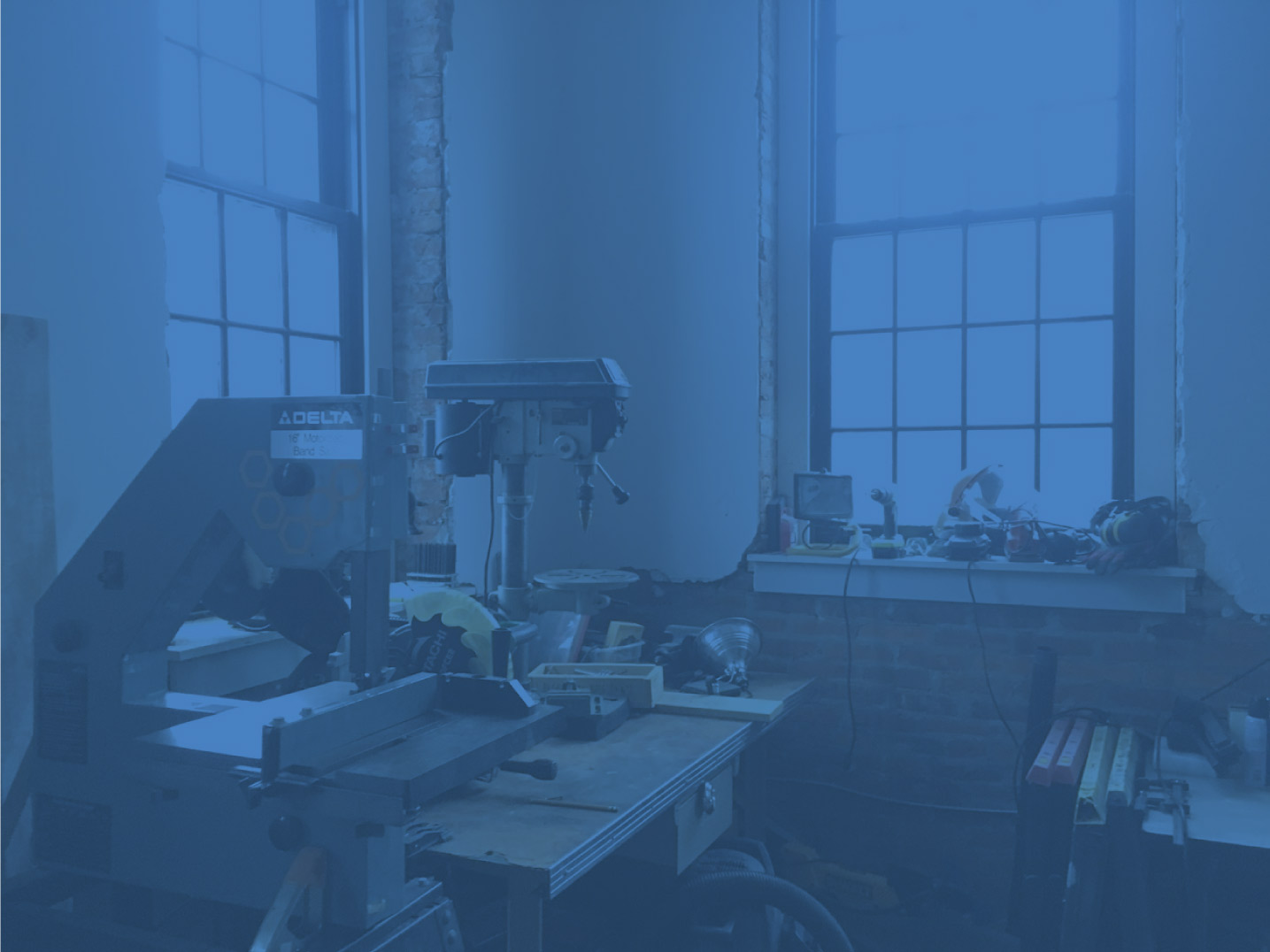
Ok, you probably can’t make the baby grand in this picture, and even the metronome is likely to be a serious DIY challenge — but you can definitely make a pretty accurate DIY scale, and you can do it cheaply and easily.
I needed an accurate scale for a science project and knocked this baby together (based on this design) using found parts. I was able to easily measure to centi-gram precision and with a little care, a scale like this could be tuned to measure to milligram precision.
Precision (the ability to discriminate between differences in mass) is largely a matter of careful construction — accuracy (the ability to weigh to an agreed upon standard) is another matter altogether, and it basically hinges on having an accurate reference. Fortunately, a great institution, born of Philly — the U.S. Mint — was wise enough to make Nickels and Pennies in rather convenient dimensions. It turns out that nickels are 5.000 grams and pennies are 2.500 grams — so you not only have sub-milligram accurate references of convenient size — you also have an easy way to cross-check your scale by using nickels to weigh pennies and vice-versa.

The zoomed in photo shows most of the essential elements of construction. Basically, I used a threaded 10-24 rod for the balance (10-32 would have been a better choice). I used a wall-board razor as my knife-edge pivot point. Two angle-brackets served as a hard, flat surface for the knife edge. A nickel with a hole in it and some thread served as a reference weight (I wound up with a whole array of perforated nickels and pennies). A wall-board T-square served to measure the distance from the pivot to the reference weight. I used an index card and a small mirror to make a sliding mirror in order to read the position of the weight w/o parallax error. The whole shootin’-match was held on a stand that was salvaged from a cheap drill-press. Measurements were performed by reading the distance between the movable weight and the pivot point, and entering that value in a Google Docs spreadsheet.
I definitely could have purchased a milligram scale for far less than this cost me in terms of spare time, but I learned a lot about scales in the process. Almost all of it was stuff that I knew “in principle” — but actually building the scale infused my arm-chair knowledge with real-world experience, yielding an alloy whose properties seem to have exceeded its constituent parts.
The scale was nowhere near large enough to measure my satisfaction, but I estimate that this exercise yielded just about one metric ton of fun.

